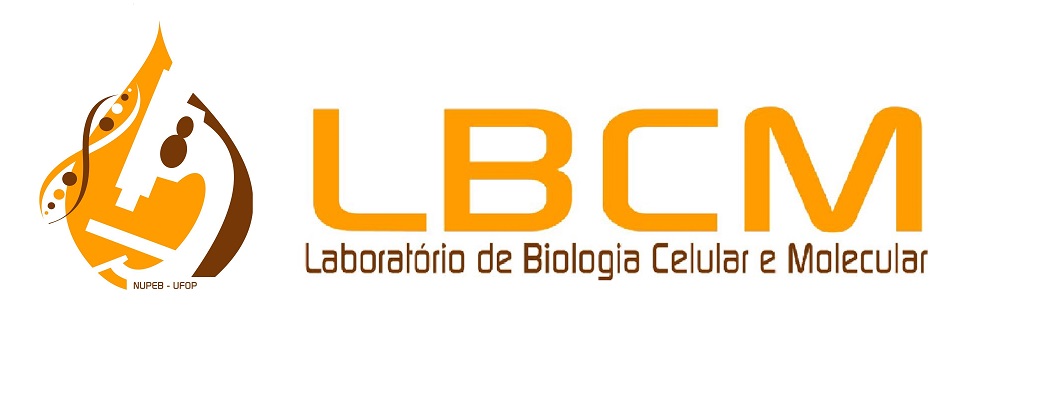Citation:
Abstract:
Fish stocking programs have been implemented to mitigate the blockage of original riverbeds by the construction of hydropower dams, which affects the natural migration of fish populations. However, this method raises concerns regarding the genetic rescue of the original populations of migratory fish species. We investigated the spatial distribution of genetic properties, such as genetic diversity, population structure, and gene flow (migration), of the Neotropical migratory fish Prochilodus costatus in the Três Marias dam in the São Francisco River basin, Brazil, and examined the possible effects of fish stocking programs on P. costatus populations in this region. In total, 1,017 specimens were sampled from 12 natural sites and a fish stocking program, and genotyped for high-throughput sequencing at 8 microsatellite loci. The populations presented low genetic variability, with evidence of inbreeding and the presence of only four genetic pools; three pools were observed throughout the study region, and the fourth was exclusive to one area in the Paraopeba River. Additionally, we identified high unidirectional gene flow between regions, and a preferred migratory route between the Pará River and the upper portion of the São Francisco River. The fish stocking program succeeded in transposing the genetic pools from downstream to upstream of the Três Marias dam, but, regrettably, promoted genetic homogenization in the upper São Francisco River basin. Moreover, the data show the fragility of this species at the genetic level. This monitoring strategy could be a model for the development of conservation and management measures for migratory fish populations that are consumed by humans.

